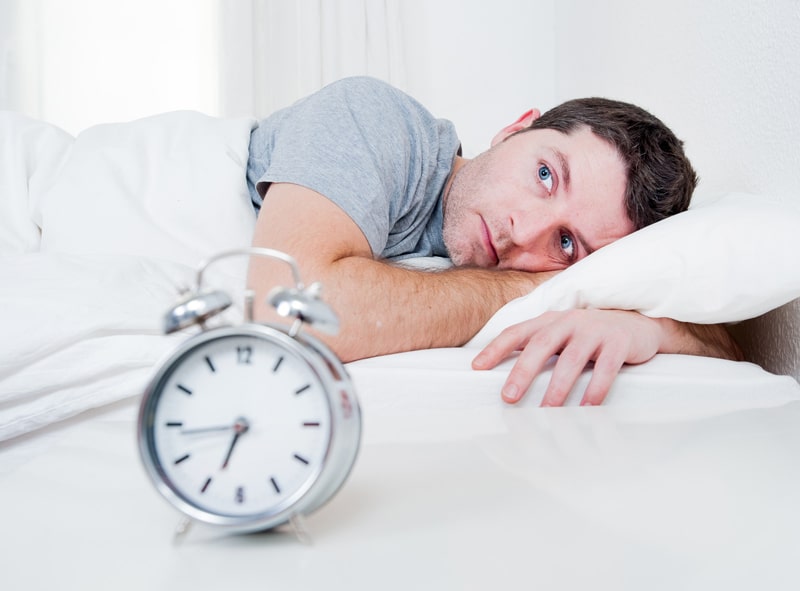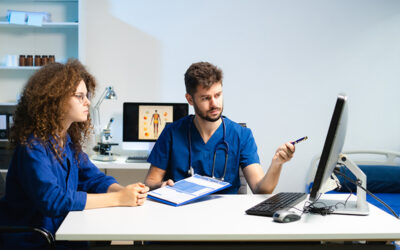Sleep disorders are medical problems that occur during sleep. Those having a hard time to fall asleep or stay asleep might be suffering from a sleep disorder. Lack of sleep can lead to chronic conditions such as high blood pressure, diabetes, heart attack, heart failure or stroke. Other potential problems include obesity and depression. While a pulmonologist treats lung disease and breathing problems associated with sleep disorders such as sleep apnea, brain and nervous system disorders that may contribute to sleep problems are treated by a neurologist. Accurate documentation of the condition and treatments provided are necessary and for this pulmonologists and neurologists utilize reliable medical billing services.
According to a report from the American Sleep Association (ASA), 50-70 million US adults have a sleep disorder. Sleep disorders can be broken into four main categories: problems with falling asleep or staying asleep, problems with staying awake, problems with sticking to a regular sleep schedule, or sleep disruptive behaviors.
Based on ASA recommendations, the ideal time of sleep for adults is 7 to 9 hours, while for a teenager it is 8 to 10 hours and for a child aged 6-12 years, it is 9 to 12 hours. At the same time, a child between 3 to 5 years of age should sleep 10 – 13 hours, while kids of 1-2 years should sleep 11 – 14 hours. Infants 4 -12 months old should sleep for 12 – 16 hours.
Doctors recommend a sleep study test called polysomnography to diagnose such sleep disorders.
Insomnia
Insomnia is the inability to initiate or maintain sleep. Main types of insomnia include primary and secondary. If the sleep disorder is not caused by or associated with a medical condition, it is considered as primary or idiopathic insomnia. Secondary insomnia is caused due to a medical condition. The condition tends to increase with age and can lead to even more serious sleep deficits.
Symptoms of insomnia include daytime sleepiness, irritability, fatigue and forgetfulness. In most cases, over the counter medications are prescribed to treat the disorder and in other cases cognitive behavior therapy (CBT) is recommended to overcome insomnia by reducing anxiety and targeting the thoughts that cause poor sleep.
- G47.00 Insomnia, unspecified
If insomnia is associated with drug/alcohol use, abuse, or dependence, then the condition will be a Hierarchical Condition Category (HCC).
Hypersomnia
This refers to excessive daytime sleepiness. Primary hypersomnia includes diagnoses such as narcolepsy, idiopathic hypersomnia, and Klein-Levin syndrome, while secondary hypersomnia can be a result of other conditions such as depression, obesity, epilepsy, or multiple sclerosis. It is common in those with upper airway resistance syndrome, restless leg syndrome, sleep deprivation, and substance abuse. The condition is most commonly treated with stimulants like amphetamine and modafinil and certain behavioral changes.
- G47.11 Idiopathic hypersomnia with long sleep time
- G47.12 Idiopathic hypersomnia without long sleep time
- F51.11 Primary hypersomnia
- F51.19 Other hypersomnia not due to a substance or known physiological condition
Sleep apnea
Sleep apnea refers to interrupted breathing during sleep. Typical symptoms of sleep apnea include loud snoring, obesity, and excessive daytime sleepiness. It can be the result of obstruction of the upper airway, which leads to obstructive sleep apnea or by a failure of the brain to initiate a breath, which leads to central sleep apnea. In high-risk individuals, this disorder may even lead to sudden death from respiratory arrest during sleep.
- G47.30 Sleep apnea, unspecified
- G47.31 Primary Central Sleep Apnea
- G47.33Obstructive Sleep Apnea
- G47.37 Central Sleep Apnea/Complex Sleep Apnea
- G47.39 Other Sleep Apnea
Narcolepsy
Narcolepsy is excessive daytime sleepiness combined with sudden muscle weakness. The person can suddenly fall asleep during the day without warning. There are two types of Narcolepsy – Type 1 (Narcolepsy with Cataplexy) and type 2 (Narcolepsy without Cataplexy). Symptoms include muscle weakening or unexpected relaxation of knees, mouth, eyes drooping, striking dreams or lifelike sleep hallucinations, and sleep paralysis.
Once the condition is diagnosed, stimulants, antidepressants, or other drugs will be prescribed to control the symptoms and prevent the embarrassing and dangerous effects of falling asleep at improper times. Taking naps at certain times of the day also may reduce excessive sleepiness during the day.
- G47.411 Narcolepsy with Cataplexy
- G47.419 Narcolepsy without Cataplexy
Circadian rhythm disorders
This sleep disorder refers to disruptions in the natural sleep-wake rhythm, referred to as circadian rhythm timing of sleep and wake and the related consequences. Symptoms include problems falling asleep, daytime sleepiness, headache, difficulty concentrating, decreased cognitive performance and fatigue. Working overnight shifts and traveling across time zones are key factors that can alter your sleep-wake rhythm. Another factor includes melatonin production, which helps regulate sleep. Light therapy and sleep medications such as benzodiazepines or nonbenzodiazepines will be recommended to treat circadian rhythm disorders.
- G47.2 Circadian rhythm sleep disorders
- G47.21 Circadian rhythm sleep disorder, delayed sleep phase type
- G47.23 Circadian rhythm sleep disorder, irregular sleep wake type
- G47.24 Circadian rhythm sleep disorder, free running type
- G47.26 Circadian rhythm sleep disorder, shift work type
- G47.27 Circadian rhythm sleep disorder in conditions classified elsewhere
- G47.29 Other circadian rhythm sleep disorder
Restless legs syndrome (RLS)
This is one of the most common sleep disorders, especially among older people. Restless Leg Syndrome (RLS) is a “creeping” sensation associated with aches and pains throughout the legs and is relieved by movement of the legs. Symptoms include feeling a strong urge to move the legs, experiencing unpleasant aching, tingling, burning and a feeling that something is crawling in your calves. Medications and behavioral therapy can be used to treat RLS.
- G25.81 Restless legs syndrome (RLS)
To improve sleep habits, the Center for Disease Control and Prevention (CDC) recommends that any one should have a consistent bedtime; a quiet, dark, and relaxing bedroom; remove electronic devices; avoid large meals, caffeine, and alcohol before bedtime; avoid nicotine/tobacco; and get exercise during the day. Following these steps will help improve sleep quality. Correct patient eligibility verification is also crucial for healthcare practices to get reimbursement for the treatment provided.




